The Article
SOTM: SOUND OF THE SOUL OF MUSIC
15th June 2018
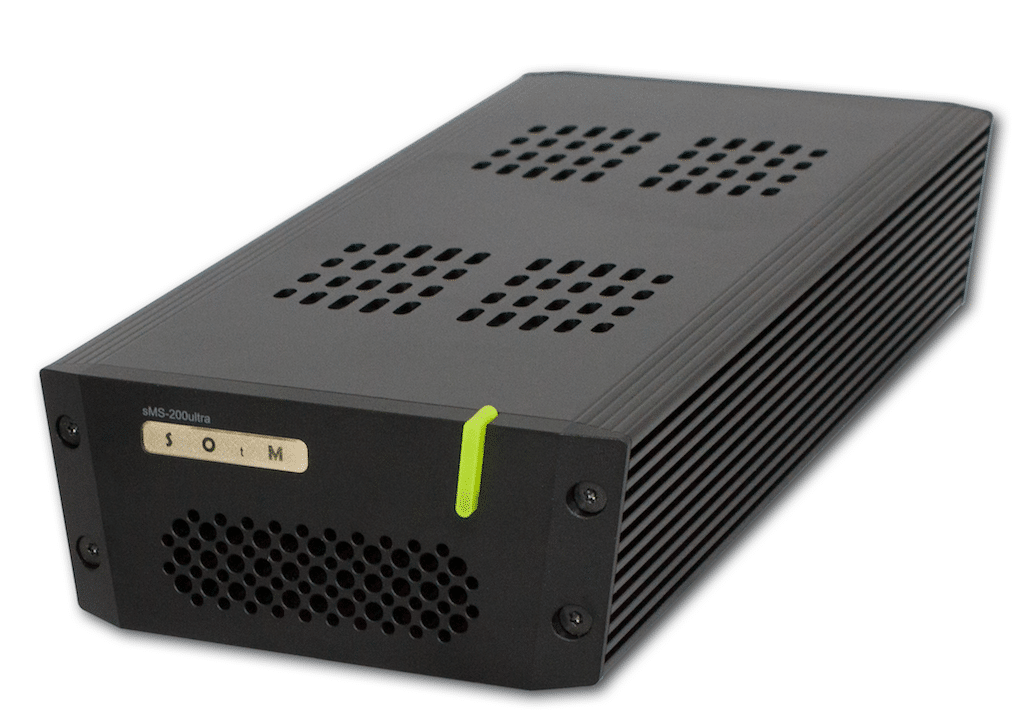
Korea-based Soul Of the Music (SOtM) offers a multi-product solution to network audio. Paul Rigby investigates one such sonic pathway by reviewing the sMS 200-Ultra network player, sPS-500 external power supply and tx-USB Ultra USB hub
Maybe its an image issue but I’ve always seen network audio as being a bit clinical. Hard-edged. Unforgiving. With too much time spent on getting it working and too little time devoted to sound quality.
The Bible warns against worshipping false gods yet many of us bow our heads to the light emitting diode and worship at the feet of the DAC chip. This is an arena where talk is less of sampling the fruits of tonality and more about sample rates themselves.
This is a place were the ‘organic’ seems to be shunned and where the soul of music has been given away to the digital devil, who proudly stands laughing, USB cable flailing in one hand, 24bits eternally falling from the fingers of the other as vinyl melts around him and his Sony/Philips, Red Book-branded skin pulses with a fiery glow.
And yet, one company believes that the soul of digital music can be saved. The SOtM website declares, with some pride, that music has, “…always being with us is not just physical vibration in air, nor an object but exists in a sequence of rhythm arranged by melody and harmony. If such musical elements can reach to us by the physical ways, we will definitely feel Soul Of the Music and experience the whole of art, otherwise, music will be just an imagination which can’t move our heart and our mind.”
Even this slightly dodgy Korean translation promises something ‘other’. An underlying philosophy that only sees digital as a beginning of a journey, not a destination. That is, SOtM wants to enliven digital music with new spirituality. But how?
Looking at how the company tackles network audio filled me with hope. Mainly because the solution it offers is based on the separation of technologies. The very best hi-fi never lumps technologies together, it separates them. Witness one example, the integrated amplifier separated into a pre-amp and two power mono blocks to enhance sound quality. This basic ideology appears to be how SOtM approaches its design tasks.
I will be reviewing three products from the company. Firstly, I will listen to an all-in-one network audio player, then I will separate the power supply by adding an external power module and, finally, I will separate the USB ports by adding an external USB hub, monitoring the changes as I go in sonic terms.
Before we get to the sound tests, here’s a quick overview of each product.
sMS-200ultra [and above]The sMS-200ultra (£1,200), offering one of those names that appears to be the result of a long battle with the CAPs key, occupies a standard – rubber feet bedecked – chassis size of 106 x 48 x 227mm. It takes data from a computer, NAS drive, USB sticks and the like and sends that data to a USB-equipped DAC or suitably-equipped amplifier.Weighing in at 1.5kg, powered by a dual-core ARM chip and sCLK-EX2425 board clock, the unit supports up to 32bit/768kHz and DSD 512. The front of the chassis is sparse offering a power indicator and network activity lights plus power switch. The rear sports two USB inputs (for your music storage), ‘audiograde’ USB output (which runs to your DAC), reset and microSD card slot. That slot is occupied with a card including the unit’s essential operating system. You’ll also find an Ethernet network socket. A wall-wart power supply slots into the rear too.
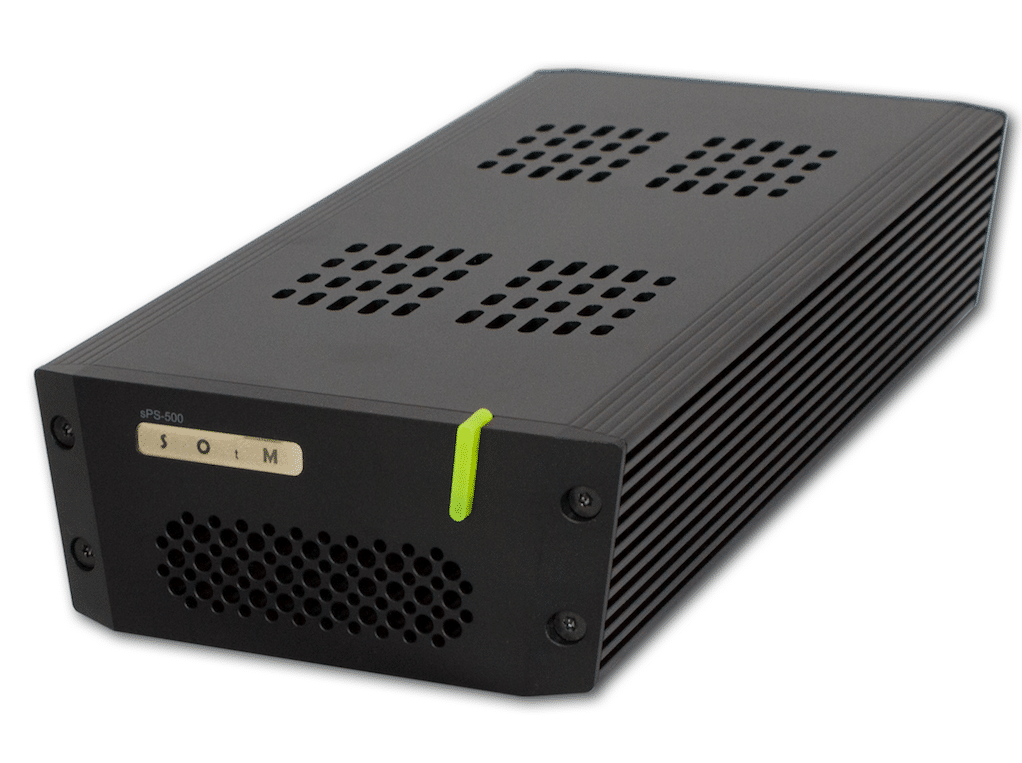
The operating system sports the Eunhasu interface, accessible via PC, Mac or iOS/Android mobile device. You don’t play music from this screen though. Actual players are launched from this space. Those supported include Squeezelite, HQPlayer, Shairport, Logitech Media Server, Music Player Daemon and Roon and more. I did have HQPlayer on my system but decided on Roon as my player of choice and I would recommend that it be yours too. It’s easy to use with SOtM kit and offers a array of choices and support information.
The sPS-500 (£550), weighing in ay 2kg, arrives in basically the same chassis and supports 7vDC, 9vDC, 12vDC or 19vDC depending on the power specification of your audio equipment. The 50W output is flexible enough to be applied to various audio systems. It is also designed to provide more stable power through the input, output, over-current and overheat protection circuits. It offers DC output power plus an operating light and rear switch.
The tx-USB Ultra USB hub (£990) also arrives in the standard chassis. You plug this into the MS-200ultra but you don’t plug your USB cables in there, you plug them into the tx-USB Ultra instead. It works as a hub by receiving and distributing USB audio signals, regenerating the USB signal via the built-in clock module, sCLK-EX, installed inside to the product and dedicated to this single job.
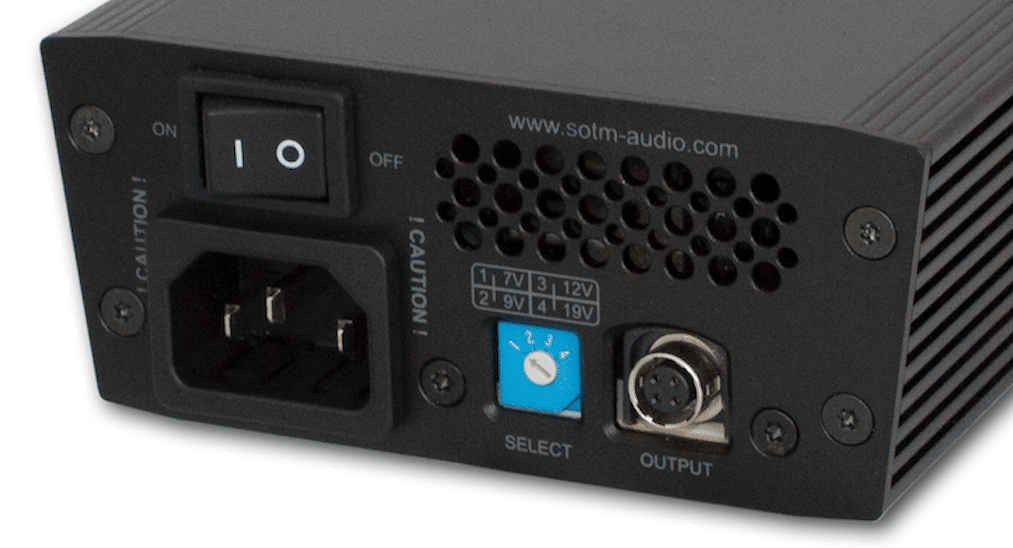
Apart from the power switch and external power connector, you’ll find a Type B USB connector, two Type A USB 2.0 outputs and USB power switch while inside, along with the clock, are five custom designed “ultra low noise regulator circuits”, one standard “ultra low noise regulator circuit” and a single “active noise canceller circuit”.
INSTALLATION
The problem with network audio is that it sometimes doesn’t work first time. There are lucky individuals out there who have had little or no issues with network audio and wonder what the fuss is about. In the same fashion, there are other music fans out there who cry “Why me?” and always seem to attract trouble in the digital domain.
On the majority of occasions, when network audio works, then its fine, generally solid and trouble free. If you are going to see difficulties at all then getting it up and running is generally where the bug bears can be found.
I am one of the “Why Me?” crowd. Maybe it’s because I’m a journalist and hence the probabilities of issues are higher because I see more of this type of kit. Nevertheless, I had issues installing the SOtM hardware.
I had two specific problems, both of which I blamed on network audio and then on SOtM but ultimately found that they were not to blame. I was.
Firstly, I couldn’t access the Eunhasu web screen and ran up against brick walls after trying a variety of methods. The solution? Simple. I needed to reboot my laptop. It was probably clogged full of other rubbish and needed a reboot which aligned it and, no doubt, the stars themselves so, if you have issues, try the reboot option first.
Next? I got to the point of everything working, the Eunhasu site, my laptop, my network, Roon, the hi-fi hanging off the SOtM. Everything worked. But no music could be heard.
I ran out of ideas but, after an hour and a half of very kind phone assistance from Elite Audio who offered a whole host of angles, approaches and possible solutions, the problem was finally landed at the door of my Benchmark DAC. It’s not old but it’s also not brand new. The USB port was running as a USB 1.0. Elite Audio found that I needed to ‘upgrade’ to USB 2.0 to make that final fateful connection. Again, Elite Audio found that I didn’t need a software upgrade to effect the change but one of those ‘press these two buttons for 5 seconds, stand on one leg and whistle Dixie’-type of fixes. And USB 2.0 suddenly appeared. And all was right with the world.
I was supposed to start reviewing around 10:30am. I began to hear music around 4pm. I had been banging my head against the techie solution door for most of the day.
I apportion no blame here, no finger pointing. If anything, the fault was my laptop and my reference DAC. Even then, this is technology. This is what happens. It is what it is.
Which is why I’m happy to point you into the very patient, knowledgable and helpful arms of Elite Audio when things go awry. The company seems to spend more time personally helping customers than actually running a business. And long may that scenario continue because there are certain nameless distributors out there who are found wanting in that area. Thumbs up all ‘round to Elite.
SOUND QUALITY
This is a three-box review which you can buy as a discounted bundle from Elite Audio which I will ultimately rate as a single product once all of the boxes are linked together.
I began with the SMS 200-Ultra. Using Roon, I played a slice of jazz vocal and Carol Kidd’s A Nightingale Sang in Berkeley Square as a 16bit/44.1kHz WAV CD rip.
I was pleasantly surprised. What impressed me was the 3D-like imagery from the soundstage which not only carefully arranged the vocal (centre), acoustic guitar and piano (left and right) and double bass (centre) but separated each with enough air to allow the artists to relax into their role. You never felt that one was tripping over the other. In this way, the resultant transparency enhanced the sonic detail.
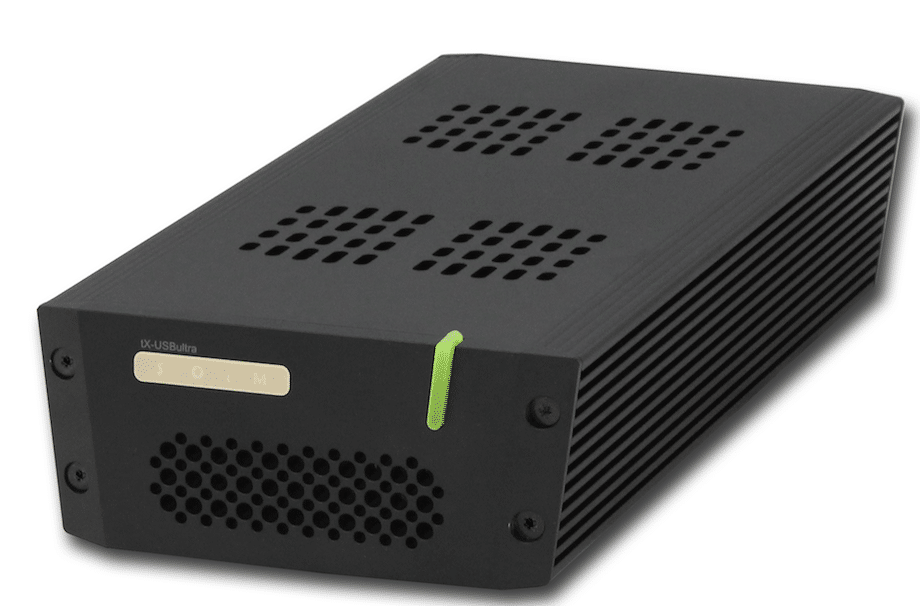
I then played the 24bit/96kHz blues shouter, Harry ‘Big Daddy’ Hypolite and Big Bad Girl. This track can easily sound forward, strident and plain bright on many digital systems but not here. In fact, there was never even a hint of the latter. Instead, I noticed a tremendous sense of ‘place’. I felt that I could see where the singer was positioned. It ‘looked’ like a spacious and quite airy studio space with Hypolite standing in the centre. Again, the imagery was superb, which added to the sense of occasion. The low noise approach kept order within the potentially unruly frequencies while the same low noise effect allowed subtle and nuanced detail to emerge from the vocal delivery and acoustic guitar with quite sublime detail spilling from the same.
I then replaced the wall-wart power supply with the standalone model supplied by SOtM, the sPS-500.
I ran both the Kidd and Hypolite tracks again and was impressed by the results. In short, adding the new power supply provided a maturity and confidence that was previously absent. That is, Hypolite sang with a new level of edge, his slightly aggressive tones carried extra weight and portent. Hence, earlier emotion found within a vocal delivery with the wall-wart in place now carried new emphasis. You felt that, if Hypolite added any promise of emotional emphasis before well, now, he really meant it.
Similarly, the acoustic guitar and bass behind the Kidd vocal carried a methodical and focused presentation offering a new level of confidence and certainty to strings plucked. This increased focus combined with a further lowering of noise that allowed the piano on the Kidd track to play with precision. With the wall wart, piano notes could be a little smudgy but that effect had largely gone with the new power supply in place.
I then slotted in the tx-USB Ultra into the chain to see how the Kidd track would fair. This box is designed to remove jitter and the removal of noise is certainly what I heard here, over all frequencies with a calm emerging across the entire soundstage.
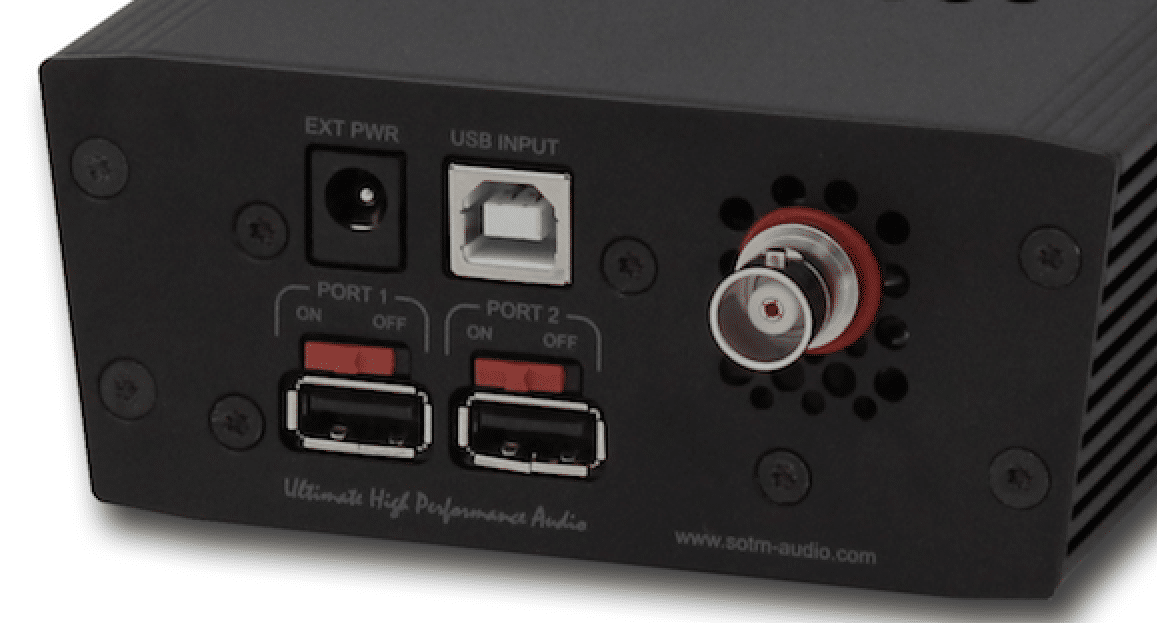
Specifically, you could hear the noise reduction in relatively subtle areas such as the plucked strings of the acoustic guitar. When each string was plucked, before the tx-USB Ultra was installed, there was a slight loss of frequency control that emerged right on the moment of attack. That is, on the micro moment of plucking the string itself, there was a slight edge. When you’ve got an acoustic guitar solo, as within this song, the accumulated uncontrolled string plucks added a slight listening fatigue to this sequence. The tx-USB Ultra removed the issue, giving the guitar solo both control but also a sense of precision that enhanced the speed and better reflected the skill of the guitarist.
Moving to the blues from Hypolite, another sonic benefit was provided by the ability of both the treble and the upper midrange areas to provide sufficient insight to allow more delicate reverb tones to drift and reveal themselves at their own pace without being abbreviated in some way. By that I mean plucked guitar strings on this track where allowed to sustain for an extended period of time. With the Kidd track, the same could be said of cymbal hits.
CONCLUSION
Once up and running, the SOtM network system provided a grown up method of presenting digital music to the ear. Its control and consistency was reassuring while the space and air infused into the midrange was something I’m more used to hearing from quality analogue sources. More than this, I like the fact that SOtM has not rested on its laurels with the basic network audio device and has sought out additional methods to reduce noise and other damaging vibrationary effects with the introduction of its power supply an USB solutions. This shows a serious attitude towards sound but it also provides the user with a useful upgrade ladder from the basic SMS 200-Ultra.
As it stands, the SOtM network music system provides one of the most mature and grown-up sound digital presentations that I’ve heard in a long time. But does it save the soul of network audio? Can I have a Hallelujah?
SOTM ULTRA BUNDLE (CONSISTING OF SMS 200-ULTRA NETWORK PLAYER, SPS-500 EXTERNAL POWER SUPPLY AND TX-USB ULTRA USB HUB)
Price: £2,740 (You save 15% off the combined individual price but each unit can be bought separately)
Tel: 01334 570 666
Web: www.eliteaudiouk.com
GOOD: spacious mids, imagery, low noise, upgrade path, compact design
BAD: nothing
RATING: 8
[Don’t forget to check out my Facebook Group, The Audiophile Man: Hi-Fi & Music here: www.facebook.com/groups/theaudiophileman for exclusive postings, exclusive editorial and more!]
REFERENCE
Apple MacBook, SSD powered
Icon Audio Stereo 20 PP amplifier
Spendor A1 speakers
Vertex AQ, Gekko & Tellurium Q cable

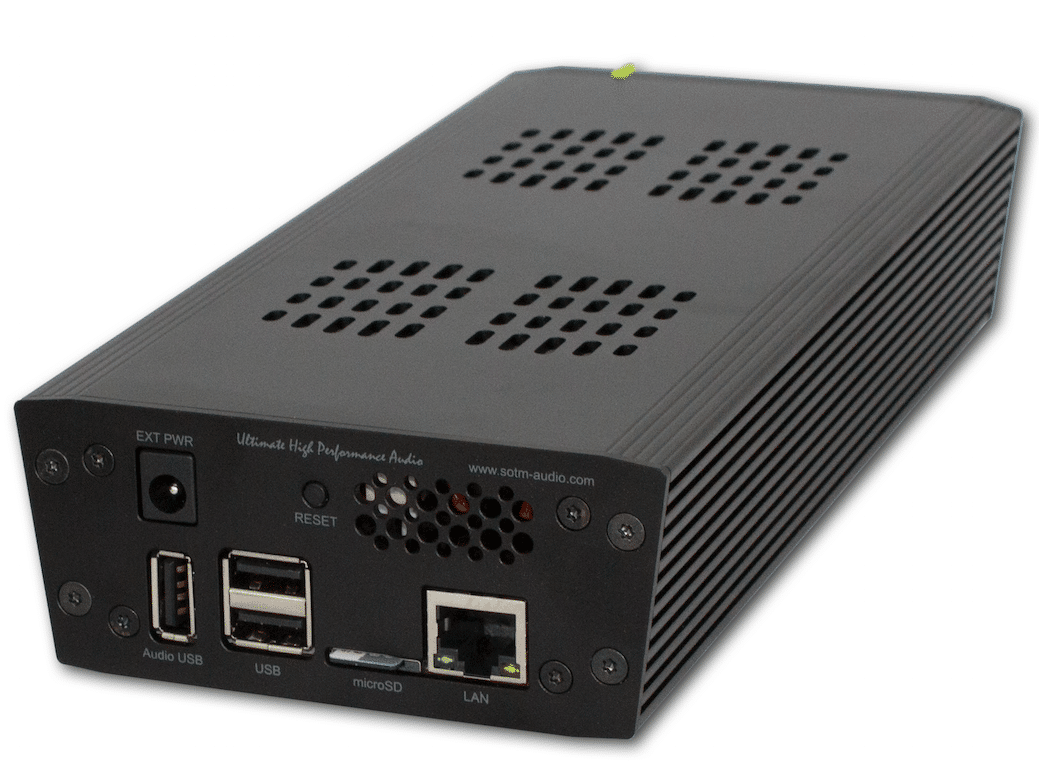



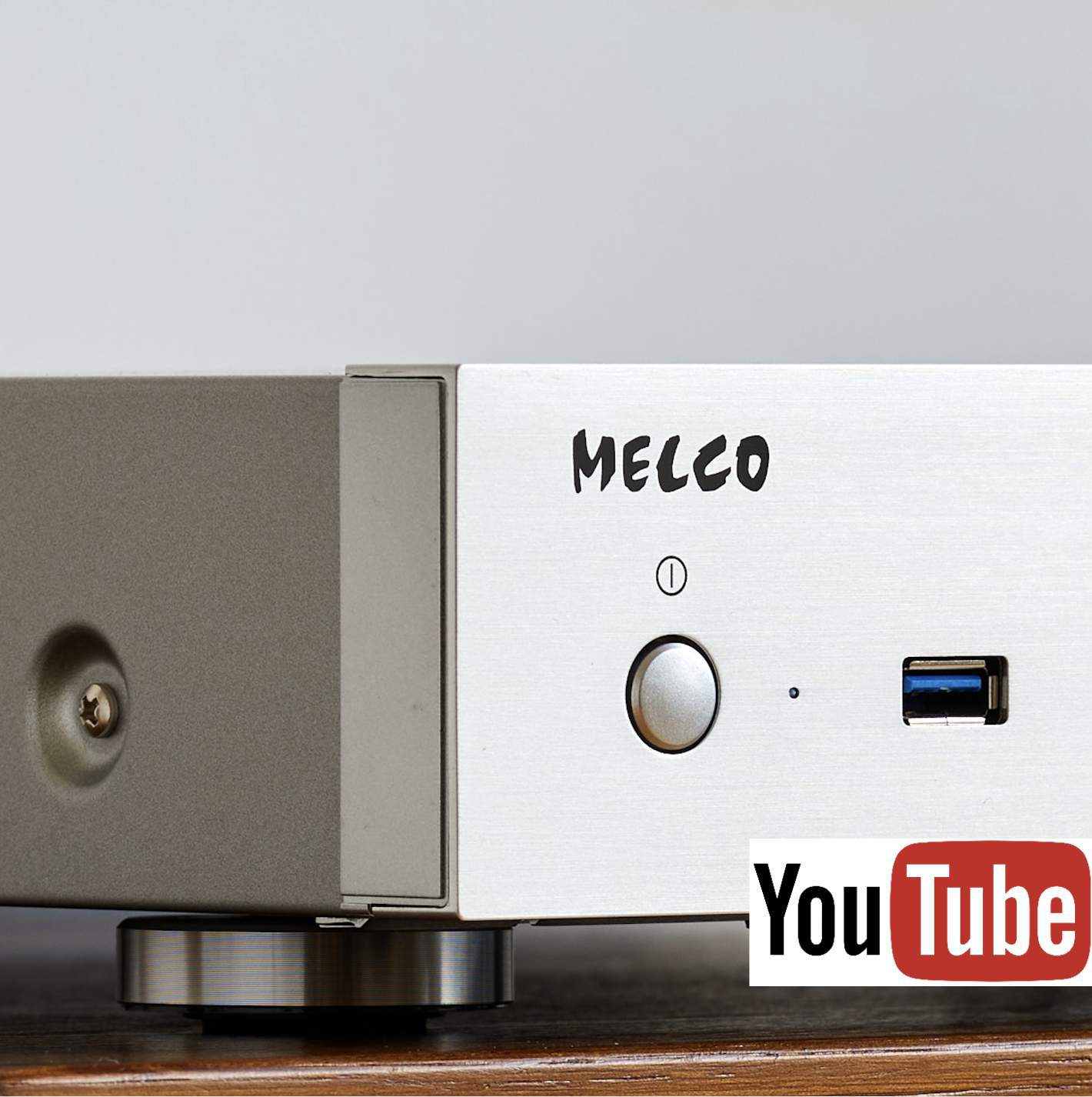
Hi Paul,
Hope you’re well. I’ve just ordered one of the new sms-200ultra neo with an sps-500.
What’s bugging me and I don’t understand is the external clock option. I guess I’ll buy a tx-USBultra further down the line when I can afford it, but I will not buy a super duper master clock. I’ve asked SOtM but it was lost in translation.
Did you try syncing the tx-USBultra with the sms-200Ultra via the external clock link?
If you did, did this make a difference?
It would be an extra ¬£400 to have the external clock option on both the sms200ultra and the tx-USBultra, and there’s a lot of other things to spend that cash on instead. Plus if I’m not going for a master clock then I don’t know if it’s worth it- which component has the better internal clock board- or even if their internal clocks need/benefit from syncing, worth syncing etc…
Cheers,
Will
Hi Will – actually, the clock is the most important part of any digital system and the better the clock, the better the digital sound. I’d go as far as to say that it’s critical. Saying that, I didn’t have the opportunity to test the external model.
Allow me to explain in very broad terms because I could write a long essay on the subject – the problem with digital music is that, despite what you hear online, it’s not just about ones and zeros. Digital music is not bullet proof. There’s plenty inside and outside of the music source to cock things up in terms of errors. Those errors can be external noise or internal issues. Even micro-level issues can cause big music problems. Our brains are very sensitive to timing in terms of sound so the better the clock, the better the sound quality.
Hi Paul, good to know the clock matters. Yes I’ve more and more come round to these things to the point now where I actually believe EVERYTHING matters at every point and stage, it’s just a question of how much and if that difference is audible or worth the cost. Re-reading my comment I realise I might not have said what I mean. I’m not going to use an external clock- I wonder which has the better clock board- the sms200Ultra or the txUSBUltra…. and if linking them up, would sync to the superior clock board, sync the boards, or if it’s only a super duper master clock that would superseed the internal boards of the units? Not sure what I’ve said makes sense- just that I know there are clock boards in both these units, so I assume it’s best to sync them if possible, or use the best board if possible. But, yeah I don’t know about it and can’t seem to find out. If it’s not a big deal then I’ll happily save the ¬£400 and skip external clock points. Also I read somewhere that there are clocks for different things (dac, spidif, usb), so my brain is quite pureed. Might be worth just paying the ¬£200 for now and having the option in case, but, I also don’t want to leave the door open for a ¬£3000 master clock, because that’s loony money territory and would rather not waste money on clock points for no return. Not sure what I’ve said makes sense
Hi Will – very wise to see everything as making a difference. In my experience, that’s quite true.
Because I did a batch test of a number of components, I won’t be looking at SOTM again very soon but I do intend to look at clocks in general at some point.
I would grab the SOTM stuff for now and look toward to the clock as a later upgrade. You’ll have plenty of fun with your SOTM for now, I’m sure.
Keep a watchful eye open for clock-related stuff from me in the future 🙂
I am using SOtM sms200 Ultra Neo. Yes I agree upgrades to power supply, master clock will improve sound quality. But in my experience the best upgrade is putting a Roon Nucleus with a SSD inside to store your library ( instead of a regular computer of Mac mini) with SOtM 200 Ultra Neo. The combination of Roon Nucleus and SOtM is just too good and cost wise very reasonable. The sound can be compared with best of the best. Just try it out.
Hi Santosh – I agree that, if you are able – it’s always best to remove a computer from the hi-fi chain. The only decent computer source I’ve ever heard was prepared by CAD. It took a Mac laptop, shut down 80% (I think it was that – may have been even more) of the OS and added its own drivers.